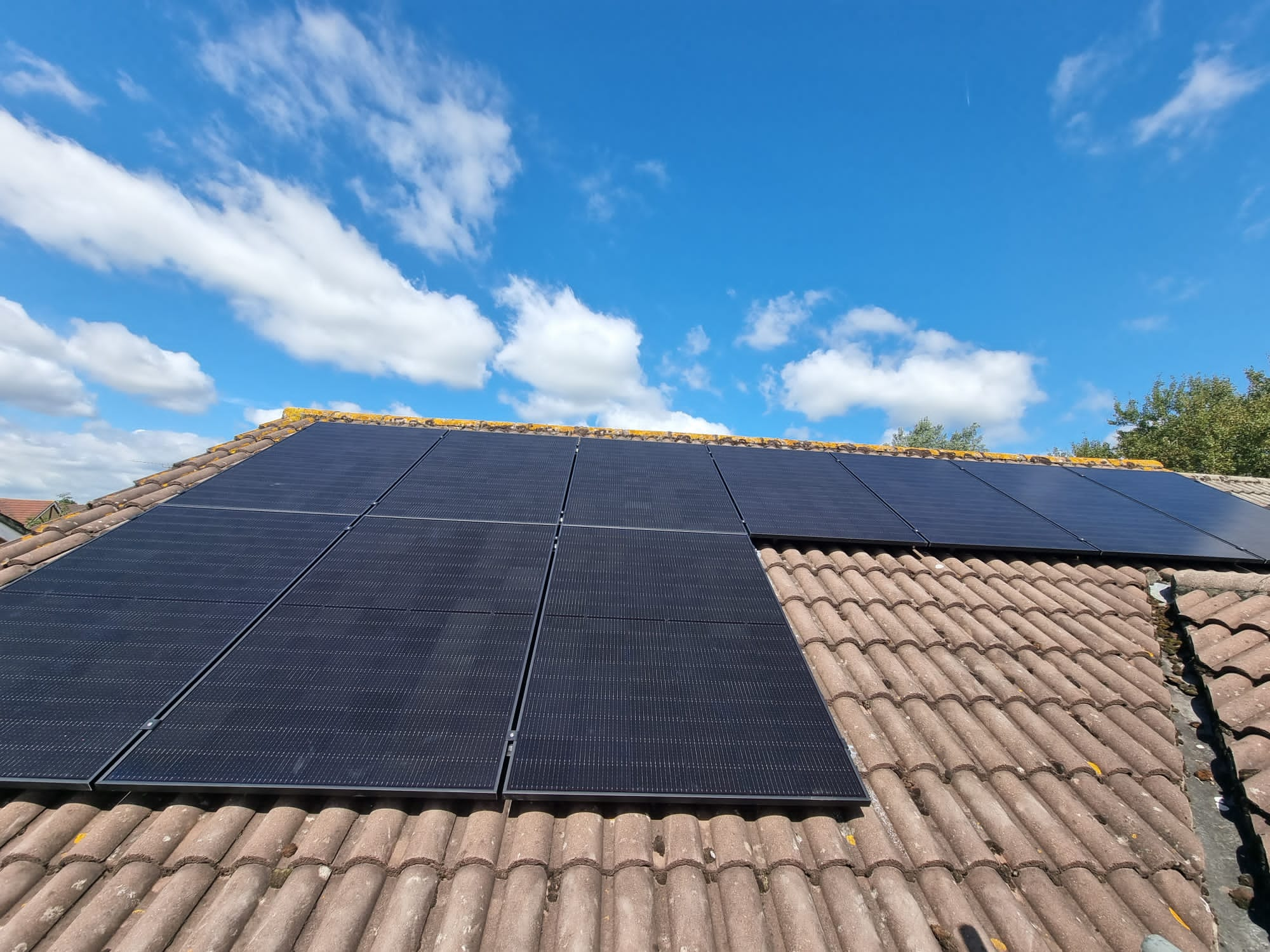

Streamlined Regulations for Easier Rooftop Solar Panel Installation Announced for Homes and Businesses
Under newly announced regulations, both homes and businesses will find it simpler to install rooftop solar panels, thanks to modifications in the permitted development rights rules. This change enables a broader range of property owners to add solar panels without navigating the complexities of the planning system.
Presently, the planning system requirements cause delays of over eight weeks and additional expenses for those involved. The new approach aims to foster wider adoption of solar panels on properties, thereby reducing energy costs and minimizing harmful emissions.

“To align our homes with future standards and our net zero goals, it’s essential to streamline the planning system. These changes will allow homeowners and businesses to add solar panels more efficiently, avoiding expensive hold-ups. It’s important to note that these rights come with necessary conditions, especially regarding their application in conservation areas.”
“We’re eliminating bureaucratic obstacles today to simplify the process for businesses installing rooftop solar panels. By removing the 1MW limit for industrial rooftop solar, we’re advancing towards our 70GW solar power goal by 2035. This initiative will support numerous long-term skilled jobs in the UK, strengthen our leading position in renewables, and lower energy bills for those with panels.”
The revisions include allowing homes with flat roofs to install panels without needing planning permission, aligning these rules with business regulations. The current requirement for businesses to seek planning permission for solar panels generating more than one megawatt will also be abolished, enabling more extensive solar panel installations without the hassle and expense of planning permission.
The government emphasizes utilizing already developed land for solar panels, which is why the new rules facilitate installing panels in structures like car park canopies, provided they are situated more than ten meters from residential properties.
These changes in permitted development rights are part of the government’s broader efforts to expedite the planning process and reduce bureaucracy, as outlined in the recently enacted Levelling Up and Regeneration Act.
These measures align with the objectives of the British Energy Security Strategy published last year, taking essential steps to address climate change and achieve net zero greenhouse gas emissions by 2050.